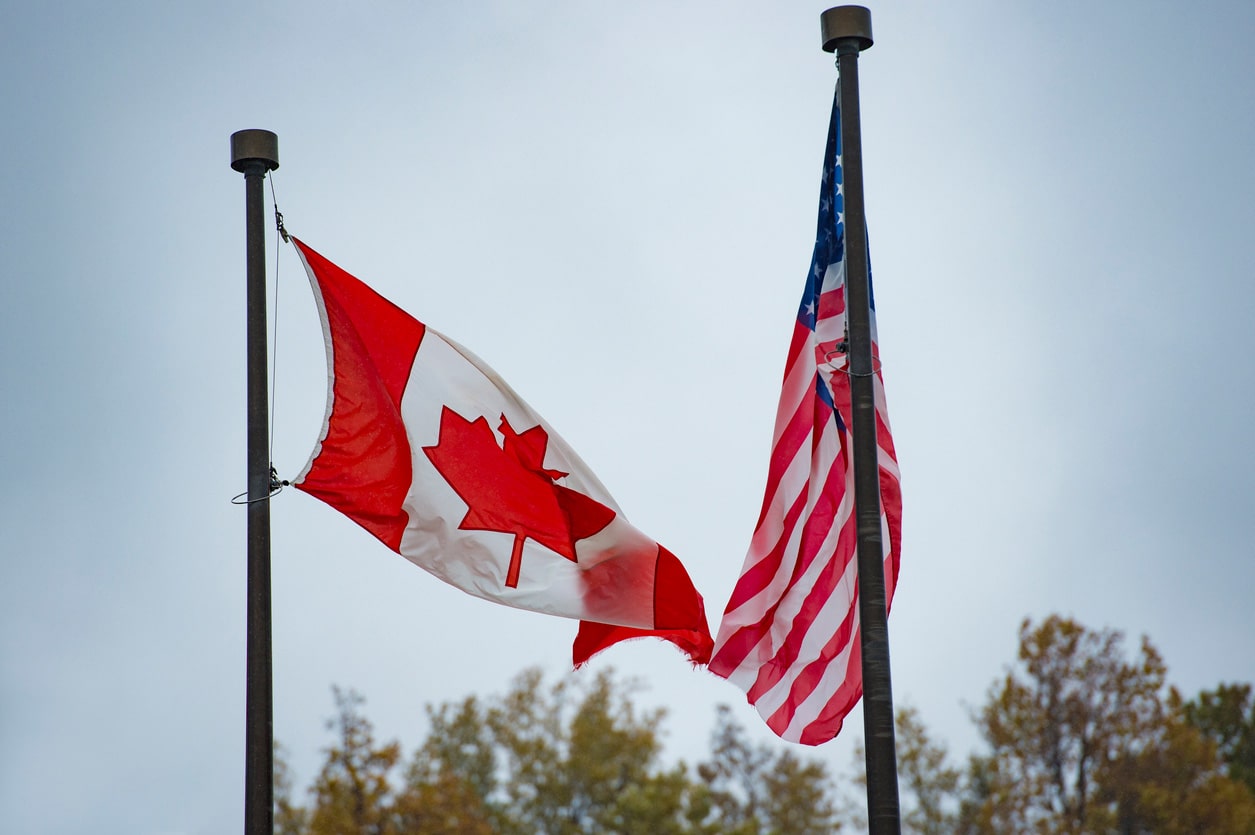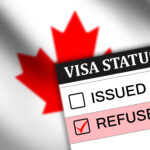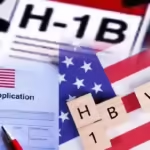
IRCC Moves to End Flagpoling Practice as Part of Border Security Overhaul
In a significant change aimed at improving the immigration process and border security, Immigration, Refugees, and Citizenship Canada (IRCC) has announced plans to put an end to the practice of flagpoling. Immigration Minister Marc Miller made this revelation in a televised address on Tuesday, December 17, confirming that flagpoling will no longer be an option for applicants seeking same-day immigration services.
This move comes as part of a broader strategy to tighten border controls and ensure that Canadian immigration policies are fair and efficient. The end of flagpoling, however, has raised concerns and questions regarding the future of immigration processing for temporary residents in Canada.
Table of Contents:
- What Is Flagpoling?
- The End of Flagpoling: What It Means for Temporary Residents
- Government Rationale for Ending Flagpoling
- Changes to Flagpoling in 2024
- Impact on Immigration Backlogs
- What’s Next for Temporary Residents and Applicants
- IRCC’s Plan for Online Applications
- Key Takeaways
1. What Is Flagpoling?
Flagpoling refers to a practice where individuals seeking immigration services, such as work or study permits, bypass regular online processing times by physically leaving Canada and immediately re-entering the country at a border crossing. Once they re-enter, they receive same-day immigration processing services at the port of entry, bypassing the typical wait times associated with submitting online applications. This practice was once a legal and efficient way to expedite immigration procedures for some applicants.
2. The End of Flagpoling: What It Means for Temporary Residents
With the announcement made by Minister Marc Miller, flagpoling will no longer be a viable option for those seeking to extend their stay or adjust their status in Canada. Temporary residents, including workers, students, and others with temporary permits, will now be required to submit their applications online, following the regular processing timelines established by IRCC.
This move will require a significant shift in how applicants approach their immigration processes. Applicants will need to plan ahead for potential delays as online application processing times are typically longer, especially with the growing backlogs within the immigration system.
3. Government Rationale for Ending Flagpoling
Minister Miller cited multiple reasons for ending flagpoling. The main argument is that this practice places undue pressure on border officials, who are often required to process numerous applications in a single day, diverting their focus from security and other important border tasks. By removing flagpoling, IRCC aims to streamline the process and prioritize the security and integrity of Canada’s immigration system.
Moreover, Miller emphasized that eliminating flagpoling is a measure designed to close what he described as a “loophole” in the immigration system, reducing the potential for misuse and ensuring a more structured and transparent process.
4. Changes to Flagpoling in 2024
Flagpoling was already facing restrictions earlier this year. In May 2024, the Canada-U.S. border authorities introduced changes that reduced the number of border crossings available for flagpoling, particularly limiting services at 12 Canada-U.S. border locations. This was the first step toward gradually phasing out the practice.
By June 2024, Immigration Minister Marc Miller officially announced that flagpoling would no longer be allowed for Post-Graduation Work Permit (PGWP) applicants. PGWP applicants, who constituted about 20% of all flagpoling cases in 2023, were the first group to be impacted by the new limitations.
5. Impact on Immigration Backlogs
Throughout 2024, IRCC struggled with a significant backlog of immigration applications. The delays, caused in part by the complexities of the immigration system and the high volume of applications, had led to frustrations among many applicants. Flagpoling had previously served as a quick solution for those who needed urgent processing. With the end of this practice, applicants will face longer wait times as they will now need to wait for their online applications to be processed, a process that is already delayed in many cases.
According to IRCC’s definition, a backlogged application is one that exceeds the published service standards for processing. The government aims to process at least 80% of applications within these service standards, but with the increasing backlog, this goal has proven difficult to meet.
6. What’s Next for Temporary Residents and Applicants
Once the change takes effect, all applicants will be required to submit their applications online for any status extensions or immigration changes. This shift means that temporary residents and other applicants will need to plan ahead and anticipate longer waiting times for their immigration processing. The IRCC encourages applicants to submit their applications as early as possible to avoid delays that may interfere with their stay in Canada.
7. IRCC’s Plan for Online Applications
To manage the transition away from flagpoling, IRCC will place a greater emphasis on its online application system. Temporary residents who wish to extend their stay or adjust their immigration status will be required to submit their requests electronically. The government has already been working on improving the processing times for online applications, but it remains to be seen how quickly these improvements can be implemented in the face of the growing number of applicants.
8. Key Takeaways
- Flagpoling will be phased out as part of IRCC’s efforts to strengthen border security and streamline the immigration process.
- Temporary residents and applicants will now be required to apply online for any extensions or changes to their immigration status.
- The end of flagpoling is expected to reduce the pressure on border officials and help ensure a more secure and fair immigration system.
- While the change has not yet been implemented, applicants should prepare for longer processing times and adjust their plans accordingly.
The IRCC’s decision to end flagpoling is a significant step toward reforming Canada’s immigration process and making the system more efficient and secure. While the transition may cause temporary disruptions, it reflects the government’s commitment to a transparent and sustainable immigration system for all.
Conclusion
The end of flagpoling marks a turning point in Canada’s immigration policy, reflecting broader efforts to streamline the process and ensure fairness. As the IRCC prepares to implement this change, temporary residents must stay informed and be prepared for the adjustments to come. With the growing importance of online applications, IRCC’s next steps will be crucial in managing the impact on applicants and improving the overall efficiency of immigration processing.
For a free consultation about your work permit and student permit options, reach out to the CAD IMMIGRATION today!





